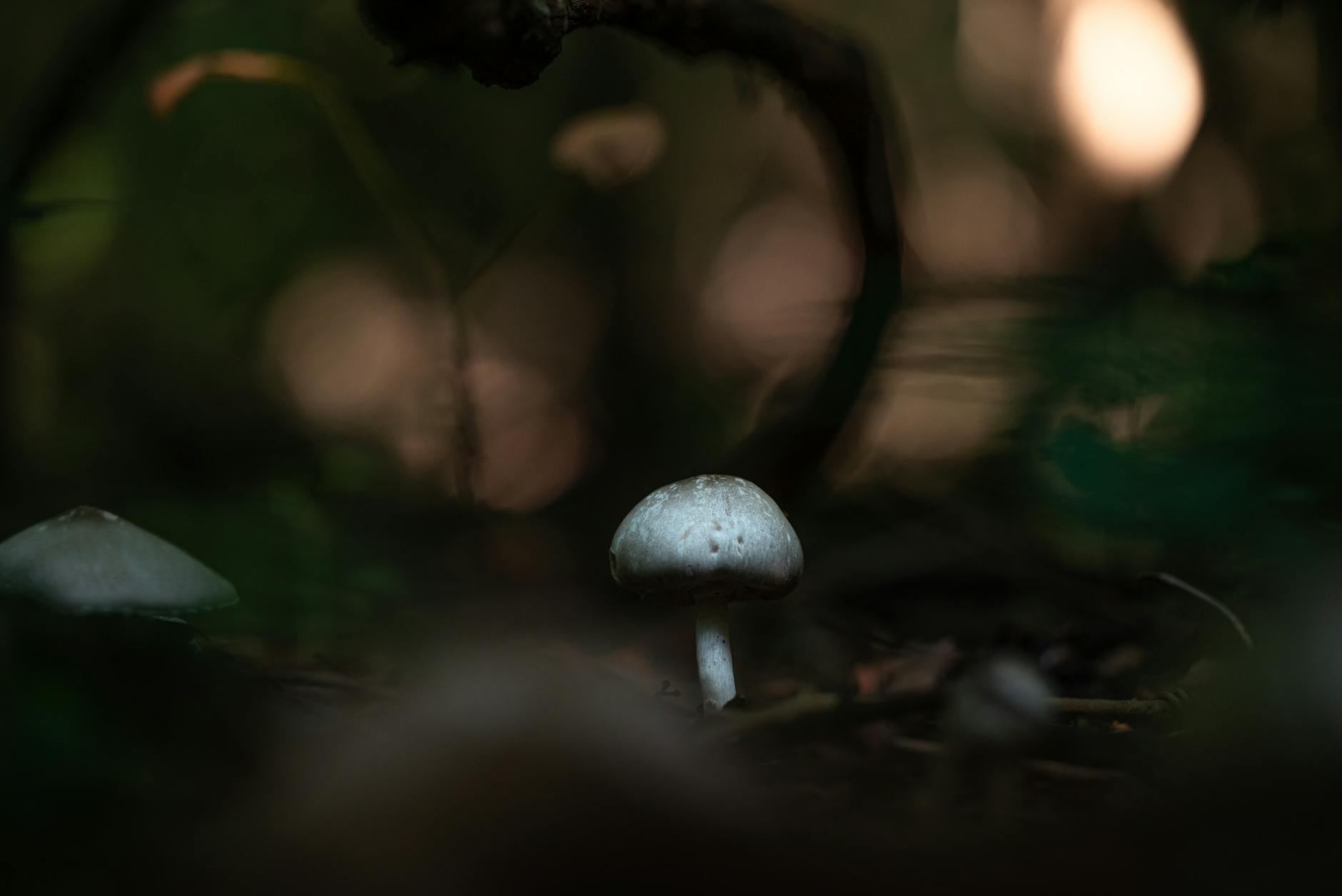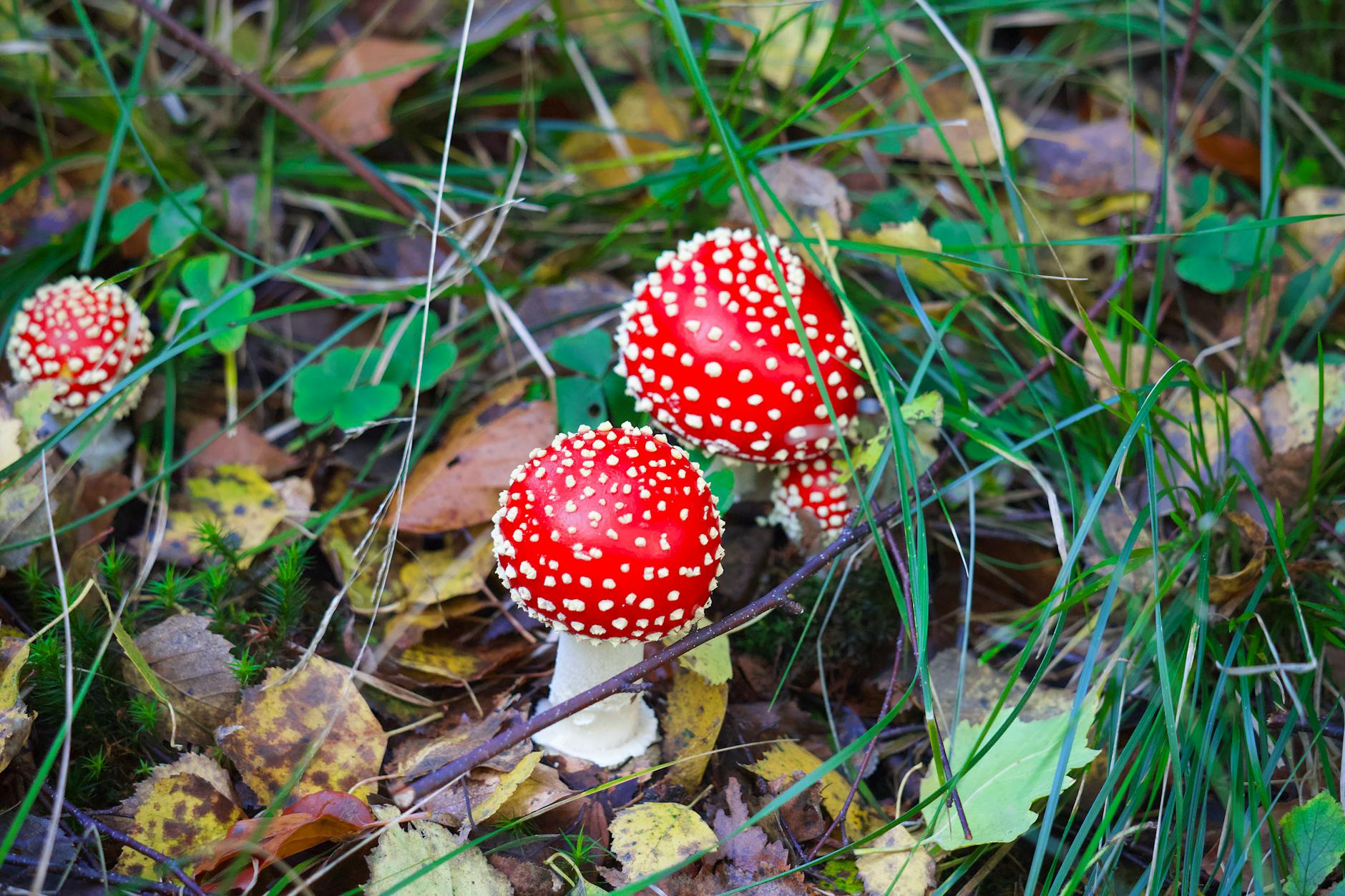Wild Mushroom Foraging: Expert Timing Tips for Fresh Discoveries
Mushroom foraging is a popular and rewarding outdoor activity that allows enthusiasts to explore nature while seeking out these delectable fungi. Foraging for wild mushrooms can be a fascinating and fulfilling experience, but timing is crucial to ensure a successful and safe excursion. In this article, we will provide expert timing tips for wild mushroom foraging to help you make fresh and exciting discoveries.
Understanding the Seasons for Mushroom Foraging (H2)
One of the key factors to consider when planning a mushroom foraging expedition is the season. Different types of wild mushrooms thrive in specific seasons, so understanding the seasonal patterns can greatly enhance your foraging success. Spring and fall are typically the best seasons for mushroom hunting, as the weather conditions during these times create the ideal environment for mushrooms to grow.
Spring Foraging Tips (H3)
In the spring, after the last frost has passed, many mushroom species start to emerge. Morel mushrooms, with their distinctive honeycomb-like appearance, are a prized find during the spring season. As temperatures begin to rise and the soil warms up, morels can be found in wooded areas, especially near dead or dying trees. Look for morels in early spring before the leaves fully emerge on the trees.
Fall Foraging Tips (H3)
Fall is another prime season for mushroom foraging, with a wide variety of mushroom species popping up in forests and woodlands. Some of the most sought-after fall mushrooms include chanterelles, porcini, and hen-of-the-woods. The cooler temperatures and increased humidity in the fall create optimal conditions for mushroom growth. Keep an eye out for these mushrooms in wooded areas with rich, moist soil.
Be Mindful of Weather Conditions (H2)
Weather conditions play a significant role in the growth and availability of wild mushrooms. Rainfall, temperature, and humidity levels can all impact mushroom growth and abundance. After a period of rain, mushrooms tend to emerge more abundantly, so it’s a good idea to plan your foraging trips after a rainy spell. Additionally, cooler temperatures in the fall can trigger the growth of many mushroom species, making it an ideal time for foraging.
Consult with Local Experts (H2)
If you’re new to mushroom foraging or unsure about identifying different mushroom species, it’s essential to consult with local experts or experienced foragers. Joining a foraging group, attending workshops, or participating in guided forays can provide valuable insights and knowledge about local mushroom species and foraging techniques. Learning from seasoned foragers can help you safely identify edible mushrooms and avoid potentially toxic varieties.
Practice Responsible Foraging (H2)
When foraging for wild mushrooms, it’s crucial to practice responsible foraging to preserve and protect the environment. Only harvest mushrooms that you can positively identify as safe and edible, and leave behind any specimens that you are unsure about. Use a knife to cut mushrooms at the base of the stem, rather than pulling them out of the ground, to ensure the spores are dispersed for future growth.
In conclusion, wild mushroom foraging is an exciting and rewarding outdoor pursuit that can lead to fresh and delicious discoveries. By understanding the seasons for mushroom foraging, being mindful of weather conditions, consulting with local experts, and practicing responsible foraging, you can enhance your foraging experience and make the most of your mushroom hunts. Get out into nature, explore the forests, and enjoy the thrill of finding wild mushrooms in their natural habitat. Happy foraging!


